In case we have high blood glucose levels, then we’ve probably been advised to limit the intake of simple sugars, increase the consumption of vegetables, leafy greens, and whole grains, and to avoid highly processed carbs.
These are things we should do in order to have better health. However, maintaining low blood glucose can be hard. A diet that seems to be useful is the low carb diet. However, there are other foods that can help.
There are foods that can help by improving insulin sensitivity or lowering blood glucose levels. Intrigued? Read on, to find out more about these foods that lower blood glucose levels.
12 Foods That Lower Blood Glucose Levels
1. Almonds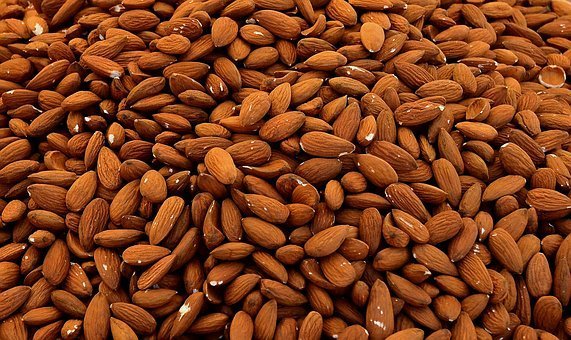
Almonds are rich in polyunsaturated fats, protein, and fiber. As a matter of fact, these are the perfect components of a healthy and balanced diet. It is shown that almonds can help stabilize blood glucose levels.
Almonds contain good fats which delay pancreatic fatigue, slow digestion, and stave off hunger. Therefore, we should feel free to enjoy roasted almonds as a healthy and fast snack.
Also, we can add almonds to salads, and we can slice them and add them to different Asian dishes.
2. Asparagus
One serving of asparagus contains 20 calories, 5 g of carbs, and it is abundant in folate, antioxidants, and fiber.
In addition, the delicious asparagus contains glutathione, which helps increase the production of insulin and lowers blood glucose levels.
3. Broccoli
Broccoli is a natural source of chromium, and it is abundant in fiber. Both chromium and fiber are beneficial when it comes to treating diabetes.
We can lightly steam the broccoli and serve it with a touch of sea salt and olive oil. Also, we can add it to sandwiches, salads, and soups.
4. Cranberries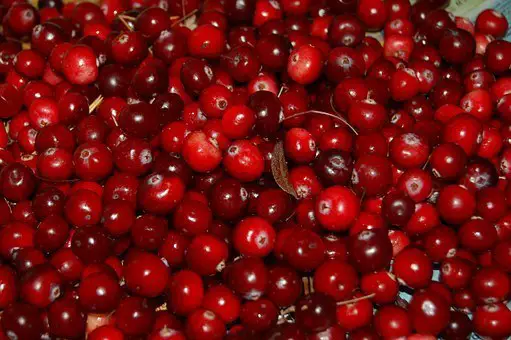
Although most people believe that cranberries are a seasonal dish, we should know that we can consume them throughout the year.
The cranberries are abundant in phytonutrients like anthocyanin that helps lower blood sugar.
5. Garbanzo Beans
The garbanzo beans are also known by the name chickpeas. They are low in fat but high in fiber and protein. We can cook these beans at home and consume only the low-salt variety.
These beans are very delicious when they are cold and added to a green salad.
Also, we can add them in soups, and in spaghetti as a meat substitute. We can even puree them and add a small amount of olive oil and make our own homemade hummus.
6. Garlic
It is said that garlic can help manage blood glucose. In fact, it is shown that the intake of garlic has the potential to lower fasting blood sugar. Fasting blood sugar is our blood glucose level when we haven’t eaten.
Also, according to some studies, onions might also have positive effects when it comes to our blood glucose levels.
Garlic doesn’t have any glycemic index ranking. It is like that since garlic doesn’t contain any carbs and that means that it won’t increase our blood glucose.
7. Oats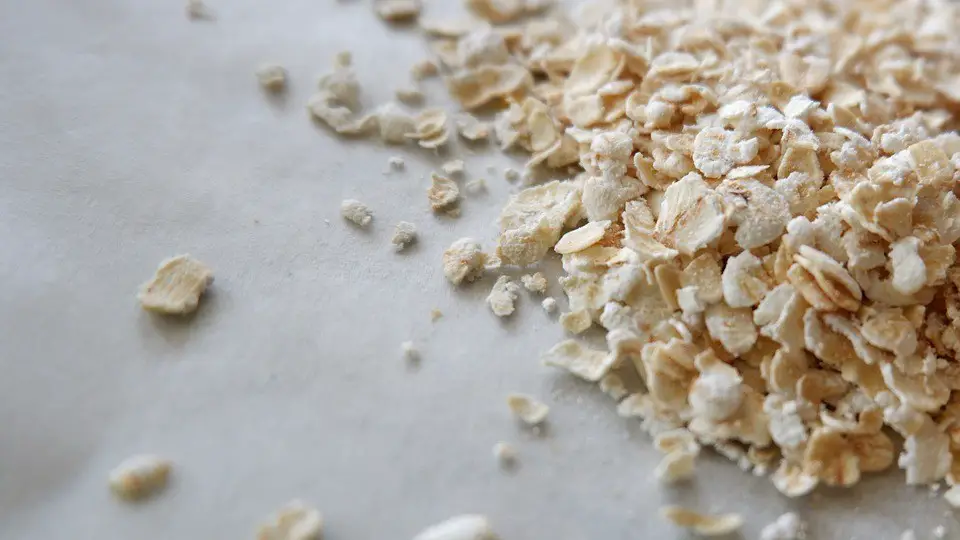
It is said that a diet abundant in fiber can lower cholesterol, control blood glucose, and prevent constipation. For this oats are ideal since they are abundant in soluble fiber.
In fact, the fiber present in foods is actually digested differently in comparison to other carbs, it doesn’t need insulin, and it passes through the digestive tract intact. Fiber can make us feel full without having any impact on our blood glucose.
8. Kale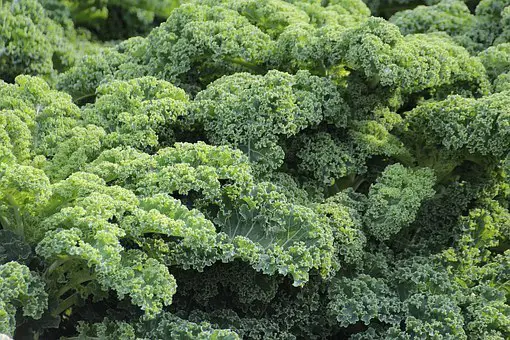
Kale is abundant in vitamin A, vitamin E, vitamin C, and fiber. All of which help stabilize the blood sugar. We can add kale to salads.
But for the perfect flavor and largest nutritional punch, we need to steam it lightly for around 5 minutes and then leave it for another five minutes in order to cool down.
Fast, healthy, and delicious. But, remember not to add any salt or butter.
9. Apples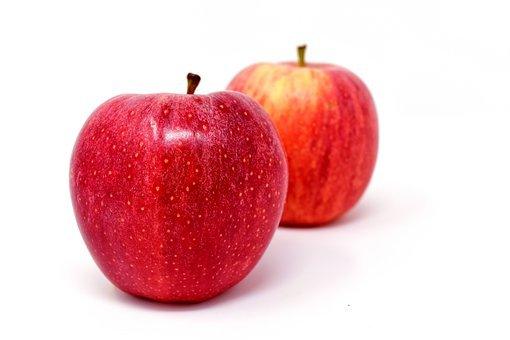
Apples are abundant in antioxidants and fiber. They are great as a to-go snack, and they are easily included in any diet. We just need to wash them thoroughly.
10. Ceylon Cinnamon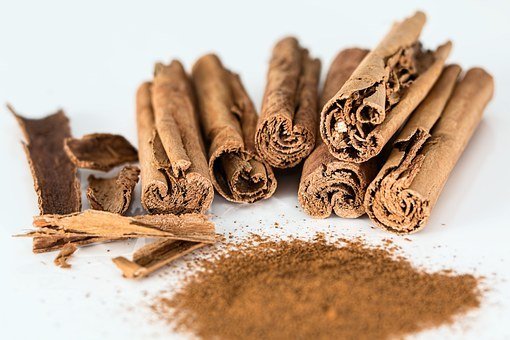
Cinnamon has been used for its many benefits and medicinal properties in Ancient China and Egypt. It is said that a few compounds present in cinnamon seem to stop the sugar absorption into the bloodstream minimizing blood glucose spikes.
Also, it might help improve insulin sensitivity. In one clinical trial, around 25 participants with poorly controlled type 2 diabetes got either placebo or 1 g of cinnamon on a daily basis for approximately 3 months.
In the cinnamon group fasting blood glucose dropped by 10 percent after six weeks, and around 17 percent after 3 months. This is in comparison to the placebo group.
In fact, the HbA1c, which is a three-month marker of blood glucose levels, began to lower by 8 percent after 3 months. Although this didn’t reach statistical significance.
The recommended dose of cinnamon is from 1 to 6 g on a daily basis.
11. Avocados
Avocados are abundant in heart-healthy monounsaturated fats that can lower the risk of heart disease and stroke and also lower cholesterol levels. The American Journal of Clinical Nutrition published a 2008 study on this topic.
According to this study, unsaturated vegetable fats can lower the risk of chronic disease. Avocados are easy to include in every diet. We can slice it and add it to a sandwich, or dice it and add it to a salad.
12. Blueberries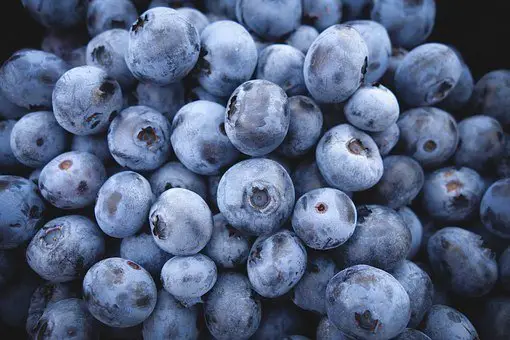
Blueberries are delicious and abundant in antioxidants and flavonoids. They are the perfect food for stabilizing blood glucose thanks to their high levels of vitamin E, vitamin C, and fiber.
We can consume frozen or fresh blueberries. Furthermore, we can eat them plain or add them to cereal and fruit smoothies.
The great thing about blueberries is that they are naturally sweet which means that they don’t need any condiments. We can also add them to whole-grain muffins or pancakes.
Conclusion
Now we know the foods which are safe for our blood glucose. However, we should consult our doctor before we include any of these foods in our diet. Our doctor should know about any possible changes in our diet.
If the doctor agrees, we should feel free to consume these delicious foods. But remember, moderation is the key.
